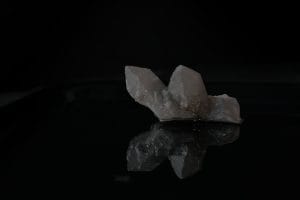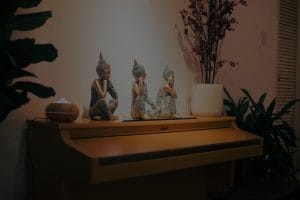**Abstract:**
Elevate your meditation practice with feng shui tools designed to create a serene environment. Discover how these elements can enhance your focus, tranquility, and overall well-being.
Creating a Harmonious Space for Meditation
Meditation is a powerful tool for achieving inner peace and clarity. However, the environment in which you meditate plays a crucial role in your practice. Feng shui, the ancient Chinese art of placement, emphasizes the importance of creating a balanced and harmonious space. By incorporating feng shui tools, you can transform your meditation area into a sanctuary that promotes relaxation and focus. From the arrangement of furniture to the selection of colors and materials, each element contributes to the energy flow, or “chi,” in your space.
The Role of Crystals in Enhancing Energy
Crystals are integral to feng shui and can significantly elevate your meditation experience. Amethyst, for example, is known for its calming properties and ability to enhance spiritual awareness. Placing amethyst in your meditation space can help you connect with your inner self and deepen your practice. Similarly, rose quartz promotes love and compassion, making it an excellent addition for those seeking emotional healing. By strategically placing these crystals around your space, you can create an energetic environment that supports your meditation goals.
Color Psychology and Its Impact on Meditation
The colors in your meditation space can profoundly influence your mood and mindset. According to feng shui principles, calming colors like blue and green promote tranquility and relaxation, while warm colors like yellow and orange can energize and uplift your spirit. When designing your meditation area, consider painting the walls in soft, soothing hues or incorporating colored decor that resonates with your intentions. This mindful approach to color can create a serene atmosphere conducive to deep meditation.
Sound Elements for Enhanced Focus
Sound is another vital aspect of feng shui that can enhance your meditation practice. Incorporating soothing sounds, such as gentle water features or calming music, can help drown out distractions and create a peaceful ambiance. Tibetan singing bowls, for instance, are often used in meditation for their rich, resonant tones that promote relaxation and mindfulness. By integrating sound elements into your meditation space, you can cultivate an environment that encourages deep focus and tranquility.
Natural Elements: Bringing the Outdoors In
Integrating natural elements into your meditation space can further enhance its feng shui. Plants, for example, not only purify the air but also bring a sense of life and vitality to your environment. Consider adding low-maintenance plants like peace lilies or snake plants, which thrive indoors and contribute to a calming atmosphere. Additionally, natural materials such as wood and stone can ground your space and create a connection to nature, which is essential for a fulfilling meditation practice.
Personalizing Your Meditation Space
Finally, personalizing your meditation area is key to making it a true sanctuary. Incorporate items that resonate with your intentions and bring you joy, whether it be meaningful artwork, photographs, or spiritual symbols. This personal touch will help you feel more connected to your space, making it a refuge for reflection and growth. Remember, your meditation practice is a personal journey, and your environment should reflect that uniqueness.
In conclusion, elevating your meditation practice through feng shui tools can lead to a more serene and focused experience. By creating a harmonious space, incorporating crystals, utilizing color psychology, adding sound elements, and personalizing your environment, you can significantly enhance your meditation practice. Embrace these principles to transform your space into a tranquil haven that nurtures your mind, body, and spirit.










